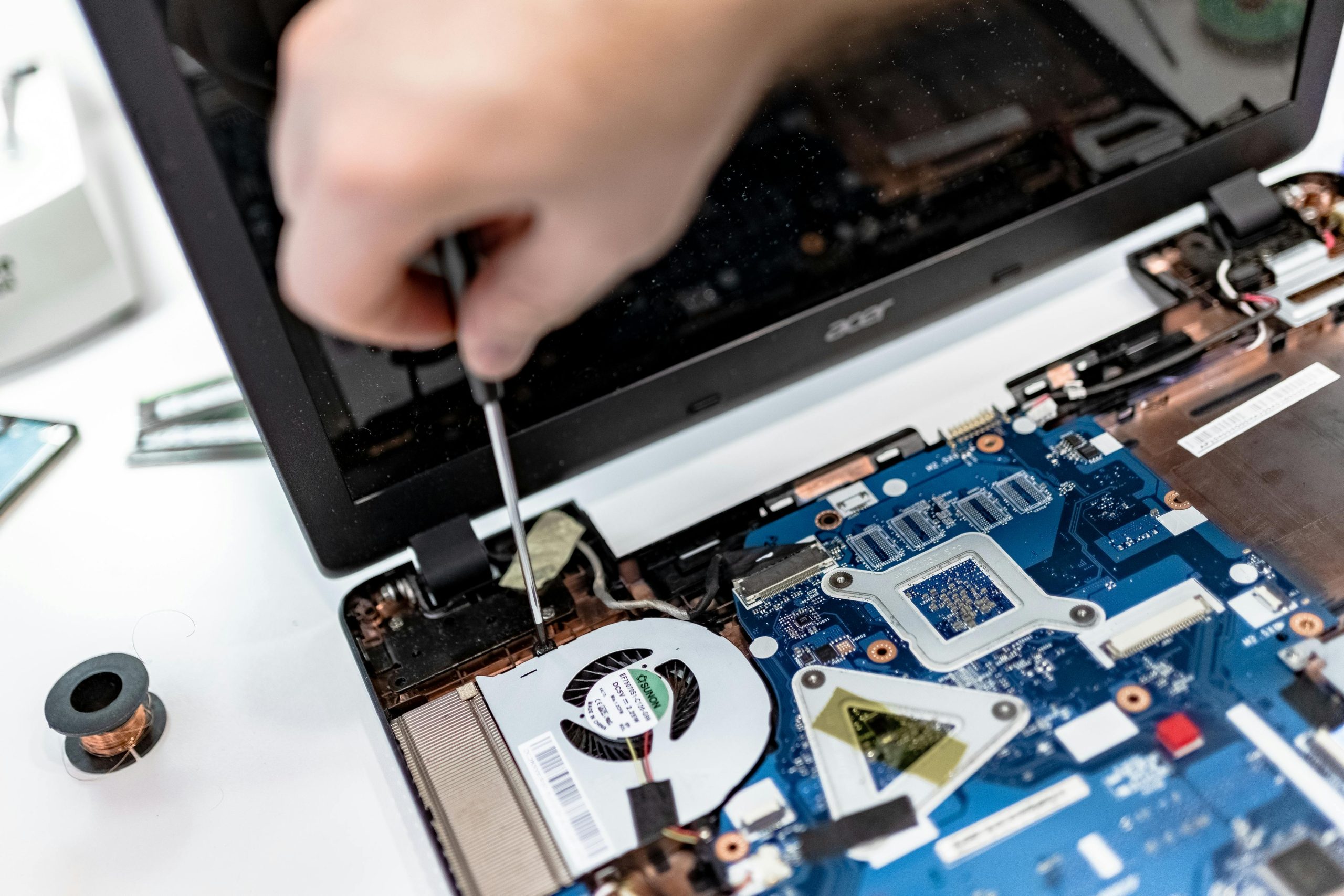Uninvited Guests: My Laptop Moved on Its Own!
Not long ago, I experienced a chilling incident that left me questioning the security of my laptop. It all happened around twenty minutes ago, just as I was preparing to call it a night. Suddenly, I noticed my mouse cursor moving across the screen, seemingly under its own power, and it was a shocking moment of jolt for me.
Initially, I assumed it might have been a technical glitch, so I quickly confirmed that my Bluetooth was off—eliminating the possibility that my mouse had somehow been the culprit. What truly alarmed me was the precision with which the cursor navigated, even opening tabs in both Opera GX and Microsoft Edge. It felt almost as if a ghost were controlling my computer.
This incident raised a series of questions in my mind about remote access and the potential vulnerabilities of my device. How can I ensure no one is gaining unauthorized access to my computer? Should I reconnect to the internet and install security software like Malwarebytes?
If you’ve ever found yourself in a similar predicament, here are some steps you can take to safeguard your laptop from unwanted remote access:
-
Disconnect from the Internet: As a first step, disconnect your device from your Wi-Fi to prevent any further interactions by potential intruders.
-
Change Your Passwords: Update your passwords, especially for your accounts and services linked to that device.
-
Enable Firewall: Ensure that your operating system’s firewall is activated. This will help block unsanctioned access attempts.
-
Install Antivirus Software: Once you’re back online, consider installing a reputable antivirus or antimalware program like Malwarebytes to scan for any malicious software.
-
Review Remote Access Settings: Check your laptop’s settings to ensure that remote desktop features are disabled unless required.
-
Keep Software Updated: Regularly update your operating system and software to patch any vulnerabilities.
-
Seek Professional Help: If the problem persists, don’t hesitate to consult with an IT professional who can help diagnose and eliminate any threats.
In conclusion, while my unsettling experience was alarming, it serves as a reminder of the importance of cybersecurity. Taking proactive measures can help ensure that your device remains secure against unwanted access. Stay vigilant and protect your technology!
Share this content:




It sounds like you’ve experienced a potentially serious security issue. To address this, I recommend starting with the following steps: